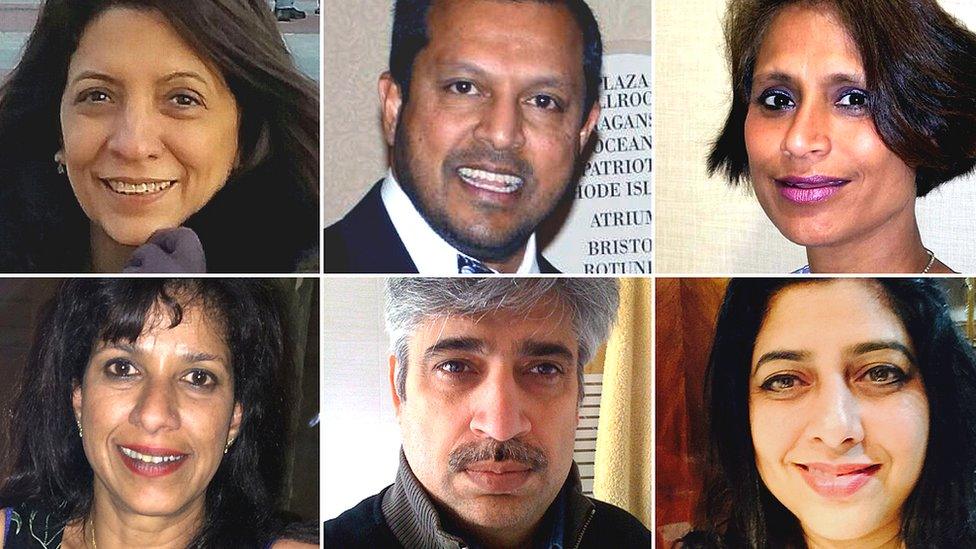Pan Am flight 73 hostage learns from hijacker why life was spared
- Published
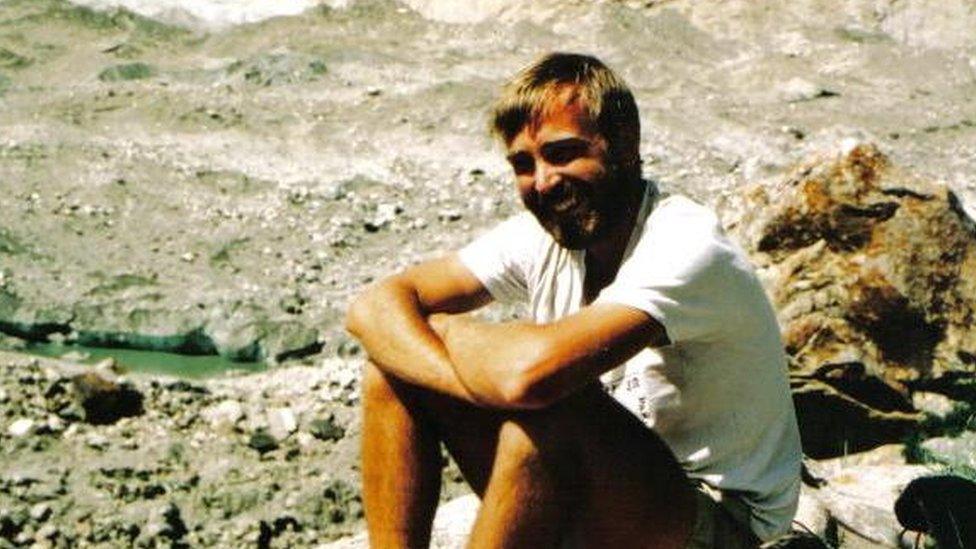
Mike says during the hijacking he "said goodbye in my mind to all my friends and relations"
A hostage held at gunpoint in the fatal Pan Am flight 73 hijacking in 1986 has found out why his life was spared.
Twenty-two people were killed and about 150 injured after a New York-bound plane was taken over by Palestinian militants at Karachi airport, Pakistan.
Briton Mike Thexton, 63, has spoken to the hijacker who held him at gunpoint as part of a Sky documentary.
He said the terrorist was "touched" by a story about Mike's brother, who had died on a Pakistan mountain in 1983.
Mike, from south-west London, says he originally travelled to Pakistan to reach the base of Broad Peak and say goodbye to his brother who, three years earlier, had died of altitude sickness in a crevasse on the mountain in northern Pakistan.
'Man struggling with flight attendant'
After travelling back to camp, Mike recalls receiving a letter asking him to return to work sooner than expected. He says he decided to catch an earlier flight from Karachi airport, which is how he ended up on the plane. It was scheduled to fly to Frankfurt, en route to New York, on 5 September.
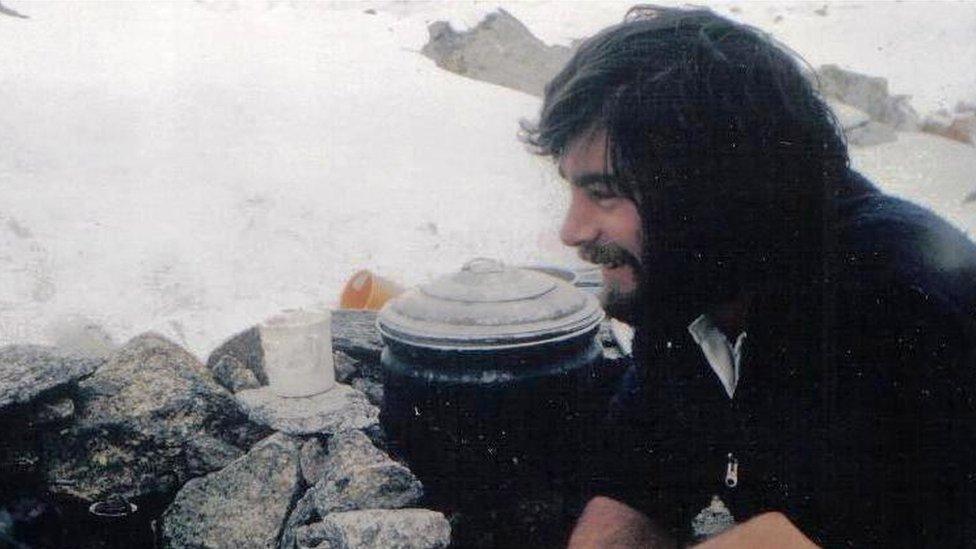
Mike says bidding goodbye to his brother Peter (pictured) when he reached the base of Broad Peak was "difficult"
While waiting for take-off, he said he was "still standing beside my seat, trying to get a book out of my hand luggage, and I heard a disturbance of some sort in the second doorway where the economy class passengers were coming in, and I looked up and saw an armed man struggling with a flight attendant".
"A moment later, there was a noise in the door that I had just come in by, and there was another armed man, dressed as a security guard, with a big rifle.
"I thought at that moment that he was there to deal with the man in the second doorway but, very soon, they were closing the doors and saying 'this is a hijack'," he said.
The four gunmen had sped on to the tarmac in a van disguised as airport security.
When one flight attendant hid the passports of the Western-appearing US passengers after being told to collect the documents from all those onboard - a "brave" act Mike says he is "always astonished" by - the hijackers picked out his British passport, and called him to the front of the plane.
"I thought about just sitting there and and hoping they wouldn't be able to recognise me but, I knew, they know I'm on the plane because I've handed in a passport and they will find me," he said.
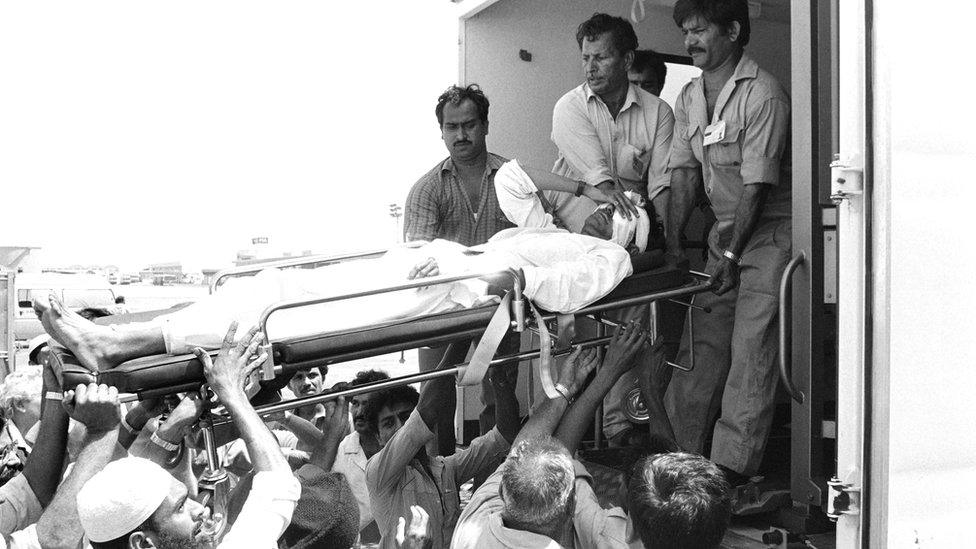
About 150 people were injured in the 1986 hijacking
The hijackers made him kneel for 12 hours in front of the plane door, which was slightly ajar, while they talked on a radio with negotiators.
"I thought a lot about my family, who had obviously lost my brother. I said goodbye in my mind to all my friends and relations," Mike says.
He recalls saying to the gunman right at the beginning of his ordeal: "Please don't hurt me. My brother died in the mountains, my parents have no-one else.
"I didn't think that he took any notice of that. He was was busy with his agenda and I was pretty well irrelevant to him apart from as a bargaining chip," he said.
'Balance and symmetry to it'
More than 36 years later, the hijacker who had held him at gunpoint finally revealed why he spared Mike's life when they spoke for the documentary.
"He said it was because of what I said about my brother. I was completely astonished. That never occurred to me, that he would have remembered that for 12 hours, let alone remember that for 36 years.
"He said it touched his heart, and that he thought 'step aside man'."
Eventually, when the power inside the aircraft was cut, plunging it into darkness, Mike was able to get to safety.
"They emptied their magazines into the passengers and threw hand grenades around the cabin. When they ran out of ammunition, people opened three of the doors on the plane and I saw one of them was open.
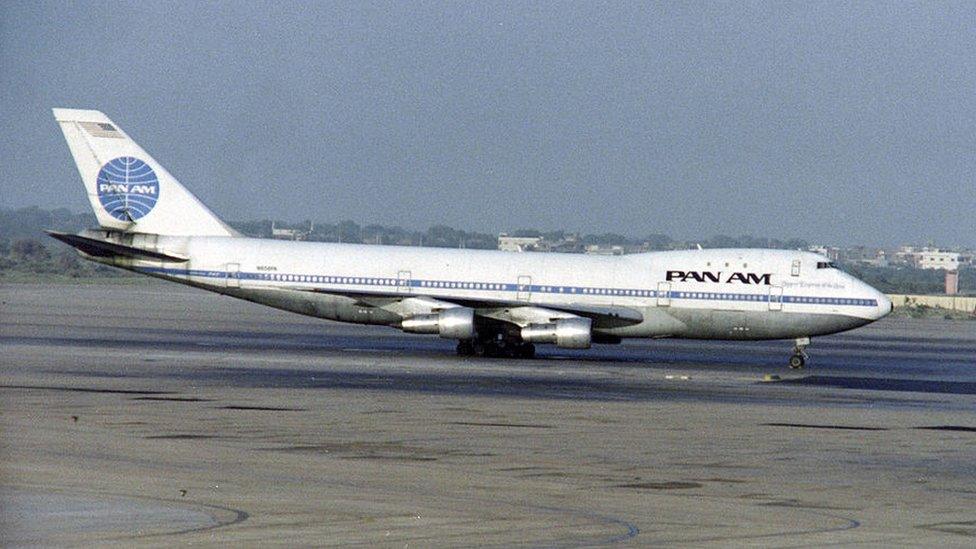
The pilots and a flight engineer escaped via a hatch above the cockpit when the ordeal first began
"I got out on the wing, slid off the back of the wing and landed in a heap on the runaway."
Asked if the conversation has had an impact on him, he says: "I'm pleased to know it, because it somehow seems appropriate that I went to say goodbye to my brother and, on the way home, I didn't die because my brother had died. There's a certain balance and symmetry to it."

Follow BBC London on Facebook, external, Twitter , externaland Instagram, external. Send your story ideas to hellobbclondon@bbc.co.uk, external
Related topics
- Published31 March 2016
